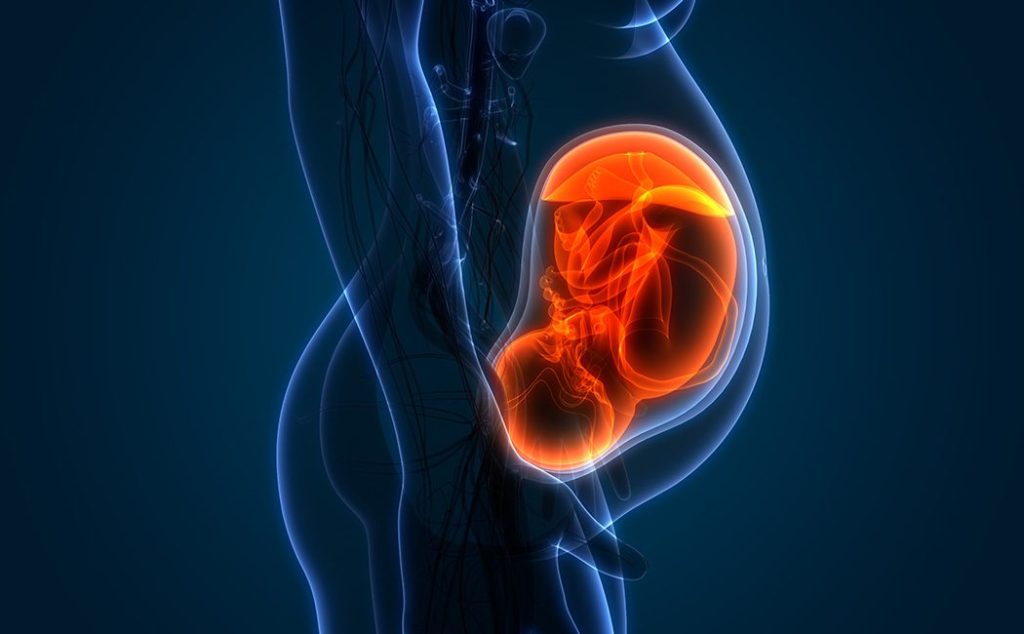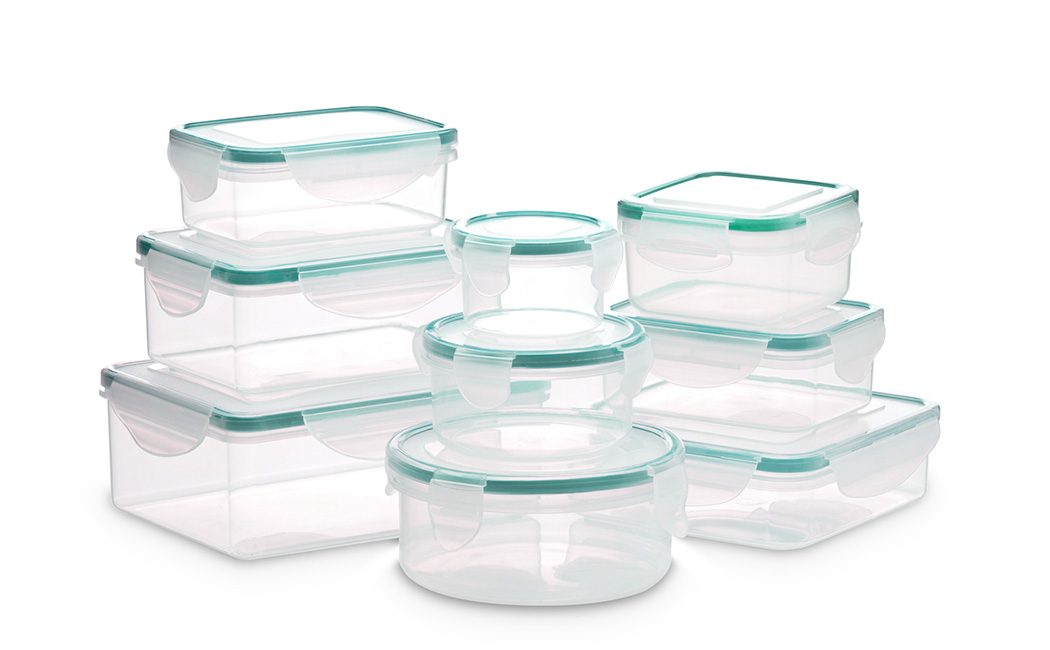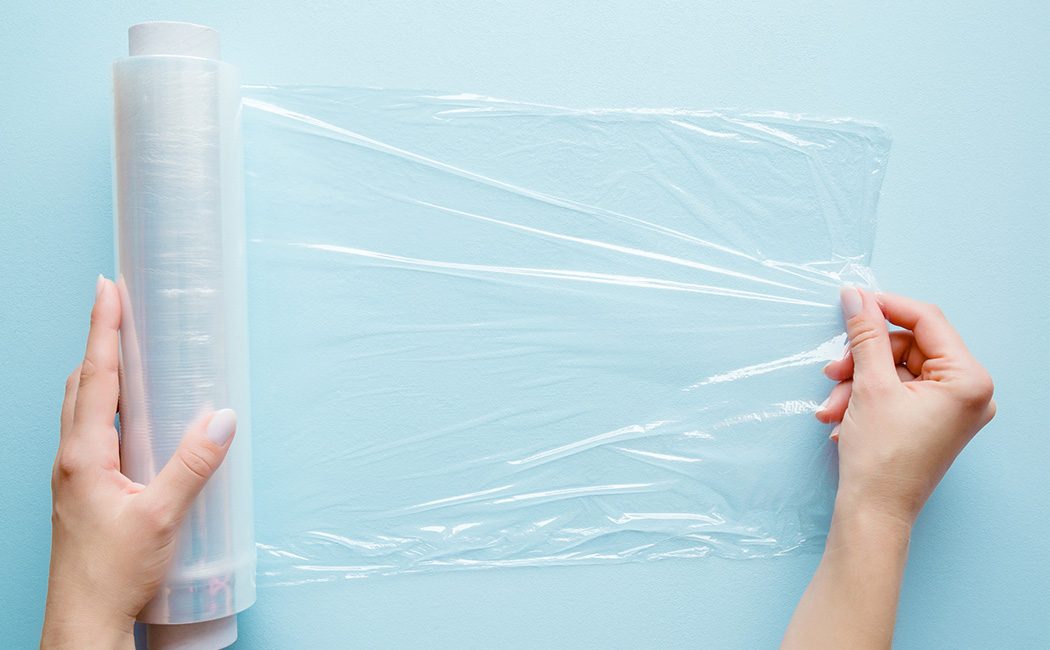oxic Overload
In today’s post we’re going to cover some of the industrial chemicals that we’re exposed to in our homes every day. Things like; common household cleaning products, water and oil-based paint, oven cleaners, flame retardants, air fresheners, cosmetics, plastics, weed killers, patio cleaners and insect repellent.
About 70,000 synthetic chemicals have been manufactured since WW2.
Believe it or not only a very small amount, about 2%, has been tested for mutagenic, carcinogenic effects or birth defects. Women on average use 12 of these everyday toxins a day, that means women are exposing themselves to 168 individual chemicals every single day. This is through cosmetics mainly, 1 out of 13 women are exposed to a known or probable carcinogen daily, it’s a little lower for the men at 1 in 23.
There are literally thousands of toxins in the home. Household cleaners are meant to give us a healthy home by killing germs, but do they really work? And is it worth having dangerous toxic chemicals loose in our homes? What price are we paying?
Well the price is all of the common health problems we see today.You don’t need to scratch too far below the surface to see what effects dangerous chemicals causing to public health.
Endocrine Disruptors
Our endocrine system is a group of glands that produce hormones that go on to regulate important bodily functions like;
- Tissue Growth.
- Sexuality.
- Reproduction.
- Metabolism.
- Sleep.
- Mood and many more.
So if this hormonal system is altered in any way the effect to the human body could be very problematic. It’s well known that many of these chemicals cause reproductive damage, mental changes and birth defects.
Endocrine Disrupting Chemicals (EDCs) are in many products including; baking soda, nail polish, shampoo, non-stick pans and paints. They change normal hormone functions which then restricts reproductive ability or growth and development. EDCs mimic your endocrine system, literally.
So, where do we start to look, it’s a bottomless toxic pit. How did we get here? Who came up with the idea to live in a world that poisons us everyday?

A Womb with a View
When a woman is pregnant, everything she ingests or absorbs will potentially be passed onto the unborn child. In 2005 a study by Environmental Working Group (EWG) made some shocking discoveries. Scientists always thought that it was the placenta that was protecting the unborn child from environmental toxins. EWG researchers working from 2 major laboratories, found an average of 200 industrial chemicals and pollutants in umbilical cord blood. Some of the toxins they discovered in the blood were, pesticides, consumer product ingredients, coal waste, petrochemicals, and rubbish.
Rather worryingly there were a total of 287 different chemicals found, 180 of which are known carcinogens.
In an unborn baby! Is nothing sacred anymore?
Plastics
From, drinking bottles and cups, to microwave TV dinners, we are surrounded by a mountain of plastic in the home. We use it everyday. But what is it? Is it safe?
There are about 7 types of plastic;
- Plastic#1 Polyethylene Terephthalate (PET or PETE or Polyester)
- Plastic#2 High Density Polyethylene (HDPE)
- Plastic#3 Polyvinyl Chloride or Vinyl (PVC or V)
- Plastic#4 Low Density Polyethylene (LDPE)
- Plastic#5 Polypropylene (PP)
- Plastic#6 Polystyrene (PS)
- Plastic#7 Other
Plastic #1 – PET: Polyethylene Terephthalate
When you drink your branded water, juice or fizzy pop it will probably be in a PET bottle. Previously thought of as safe. But, it can depend on a few things. Where was it stored is important, if it was left on the dock in hot sunshine the bottle will degrade leaching chemicals like Antimony into the drink. Also the age of the bottle is important as well.
In 2018 the US National Toxicology Report said, ‘there is clear evidence of carcinogenic activity’ in a draft report about Antimony.


Plastic #2 – Polyvinyl Chloride or Vinyl (PVC or V)
This plastic is used for cooking oil bottles, household cleaning bottles, clear food containers, shower curtains, blinds, pipes, packaging, toys, cling film.
It’s not safe, PVC leach loads of toxic chemicals, dioxins, phthalates, and BPA. Bisphenol A (BPA) known side effects are:
- Hormone Disruptor
- Brain and Behavioural Problems
- Carcinogen
- Heart Conditions
- Increased Risk to Children, (obesity, ADHD, and Diabetes)
Non-Stick Teflon
About a year ago I watched a documentary about a DuPont 3M plant. The story told us that for 50 years DuPont poisoned the drinking water when it leaked PTFE into it. Many people have died from various cancers, most either worked or had worked for DuPont 3M. 3500 people have filed proceedings against the company.
PTFE is now banned, but DuPont use another chemical called Perfluorooctanoic Acid (PFOA) also known as C8, they use it in their Teflon products and similar chemicals called Fluorotelomers.
Environmental Protection Agency (EPA) in the USA have categorized it as a human-carcinogen. So why is still in use? Why indeed.
I can’t really say I’ve got a lot of confidence in DuPont. So when you are frying your bacon and eggs on a sunday morning in your Teflon PFOA anodised non-stick pan think about these side effects;
- Liver Issues.
- Immune System.
- Growth and development disorders.
- Reproduction Problems.
- And this is according to the CDC

Paints
While we are awake or asleep paint on the walls is ‘off gassing’ constantly. Painted objects release VOCs Volatile Organic Compounds. This chemical cocktail that we breathe can be made up from, formaldehyde, xylene, ethyl acetate, toluene, glycol, methylene chloride.
Formaldehyde is used for embalming bodies. But what are the effects on the living?
- Respiratory Conditions.
- Eye Nose and Throat Irritation.
- Lung and Nasopharyngeal Cancer.
- Ethyl Acetate, found in nail polish as well as paint.
- Eye, nose, throat irritation.
- Followed by headache, nausea, vomiting.
- CNS Central Nervous System problems.
- Depression.
- Congestion of Liver and kidneys.
This is just 1 of the VOCs, all the other ones are just as debilitating.
Fly Spray
Fly Spray is an insecticide, it kills various flies and insects. But what’s in it? Insecticides can contain, Pyrethroids, Piperonyl Butoxide, Permethrin, Tetramethrin, Cypermethrin, Imiprothrin, Prallethrin and D-phenothrin. Tetramethrin has a cancer classification: Group C which means; Possible Human Carcinogen.
Let’s look at Cypermethrin – The Environmental Protection Agency has classified this as a ‘Weak, possible Human Carcinogen’.
Side effects, headache, weakness, seizures, shortness of breath.
The Petrochemical Industry
Heading towards a global sales revenue of $1 trillion a year and growing. Apparently, formaldehyde is one of the biggest prospects.
I picked only a few products but the list of bad chemicals is endless. In our research, I didn’t come across 1 chemical that didn’t have a derogatory effect on humans. Halfway through this exercise I realised that, nearly everything in our lives is poisonous. The schools following government guidance are teaching kids about cutting back on single use plastics, to save the environment, and I agree we should be conscious of our surroundings. We are made to feel guilty for poisoning the oceans and killing aquatic life. But think about it if it kills other life what’s it doing to us? Why aren’t kids being shown the dangers of ethyl acetate and carbon monoxide or BPAs in those plastic bottles and a whole array of other toxic chemicals in our lives today.
Monsanto have been sued 3 times recently and they’ve lost every time. Hundreds of millions will be paid out in damages caused by Roundup Ready weed killer, for causing cancer.
This is just the tip of the iceberg. It’s an illusion, it looks like these companies are suffering big losses. But, they are covered by insurance companies, who in turn bet on the stock markets, investing in yes you’ve guessed it, companies like the petrochemical companies. And if a company is getting sued the share price drops, I wonder who gains when they buy that stock on the cheap?
Also, it doesn’t just kill aquatic life. If you want to know why you or people around you are becoming more ill, look at the symptoms on this article. Then look at the contents of your cupboards, read the ingredients. We are told we need to save the earth for the future generations. In my humble opinion, if we carry on poisoning ourselves there will no future generations left to save.
*Disclaimer – Please note, we are not Doctors or trained medical professionals. We are not giving medical advice. Check with your Doctor or health practitioner before trying anything. All information for this Post/Video is from mainstream research sources.
REFERENCE


